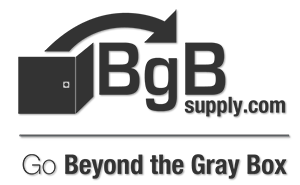What is ringless CT metering? What components are needed and how are they configured? Find out in Cooper B-Line’s Ringless Metering: CT Metering White Paper.
Excerpt:
From Cooper B-Line Technical Papers BLTPS-05, BLTPS- 15 and BLTPS-16, the reader understands the theory of selfcontained metering: that the revenue meter directly measures and records of the amount of electricity used by the customer. This type of electrical metering is used mainly by customers not requiring more than 400 A electrical service. However, high-end residential, commercial, and industrial applications sometimes require electricity usage consistently higher than this. When measuring current above 400 A, (sometimes as high as 2000 amps), selfcontained (direct) metering equipment cannot withstand the heat generated by this high current. The use of current transformers (CT’s) is then required.
Current transformers do just as their name describes, they transform a high (primary) current into a low (secondary) current. The primary current at the CT is the ampacity being used by the customer. The secondary current is the stepped down current being measured by the revenue meter, see Figure 1.
CT metering is a system of components; CT’s, CT-rated meter and socket, test switch, and the enclosure(s). The following discussion explains three of the most common configurations for CT metering and the interaction of the components. Common elements to CT metering include lockable NEMA 3R enclosures, 20-ampere meter sockets, and test switches that adhere to ANSI C12.9 standards. Ring and ringless designs are available with…>>Read More
